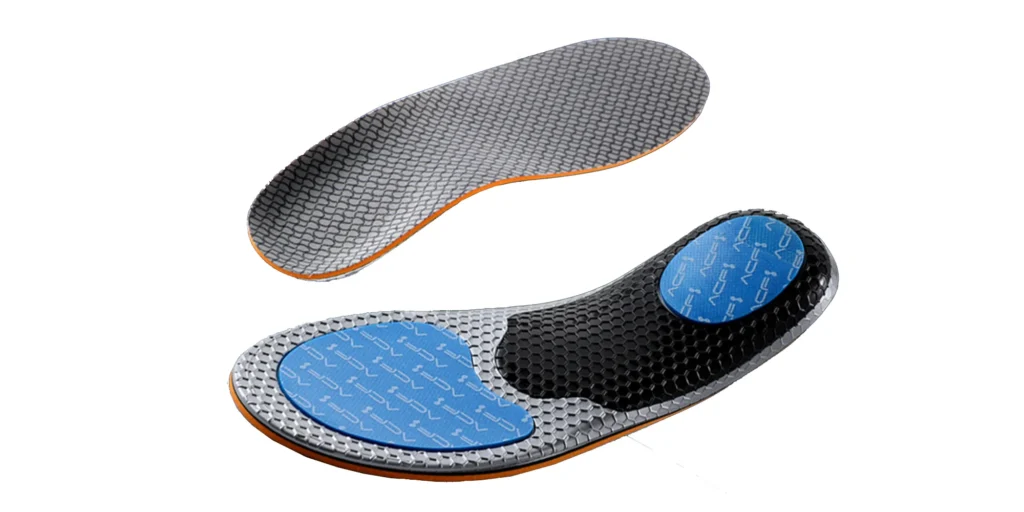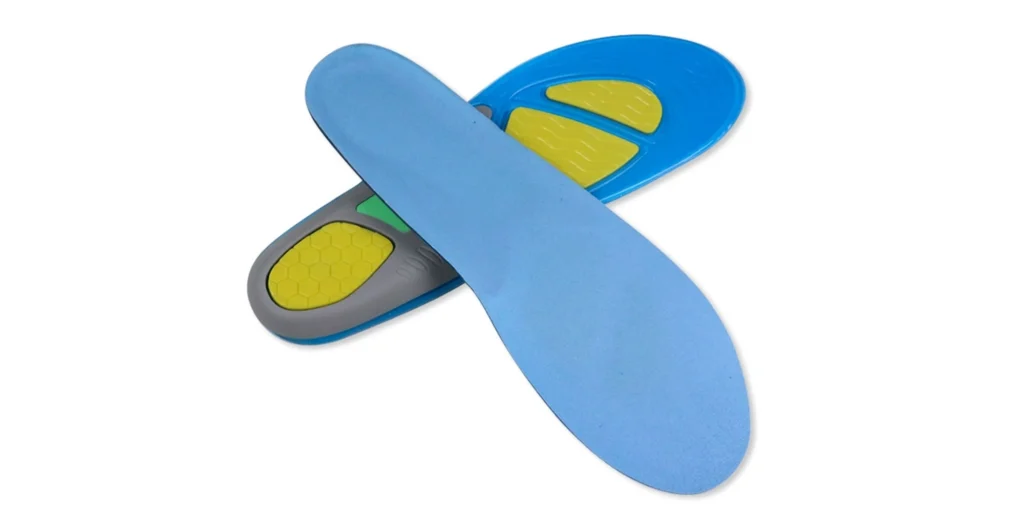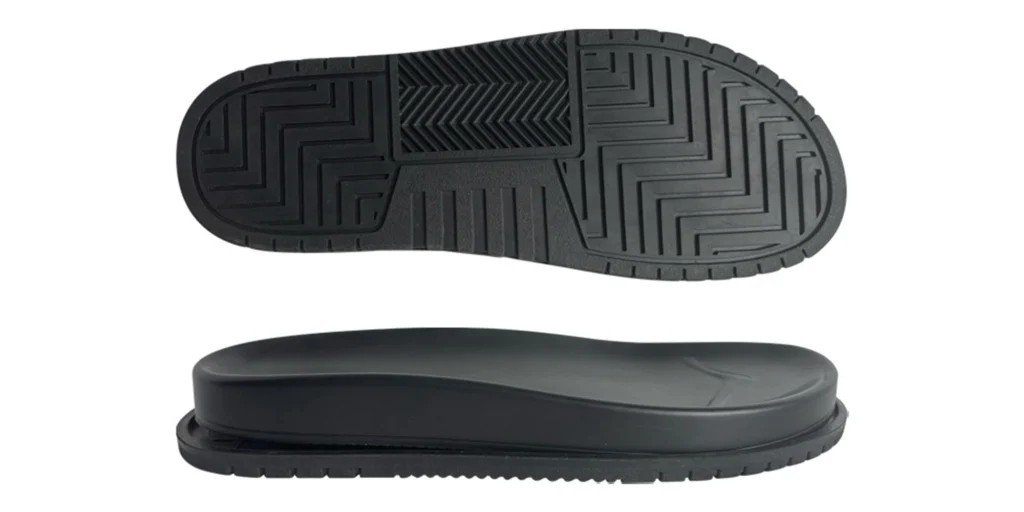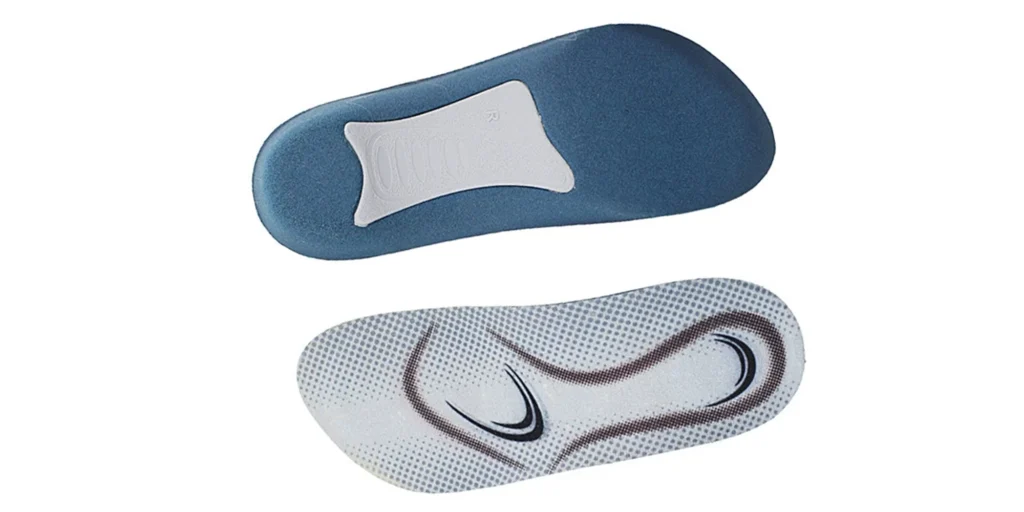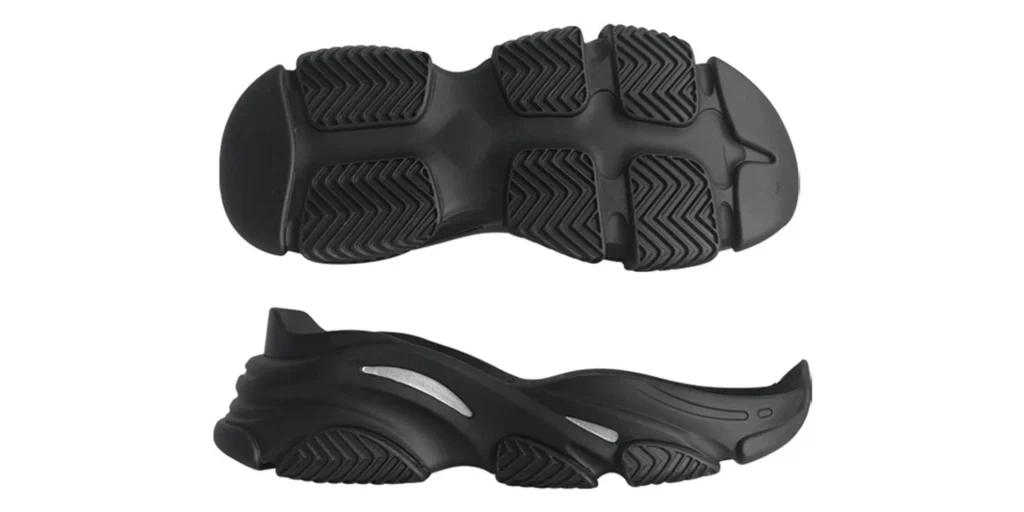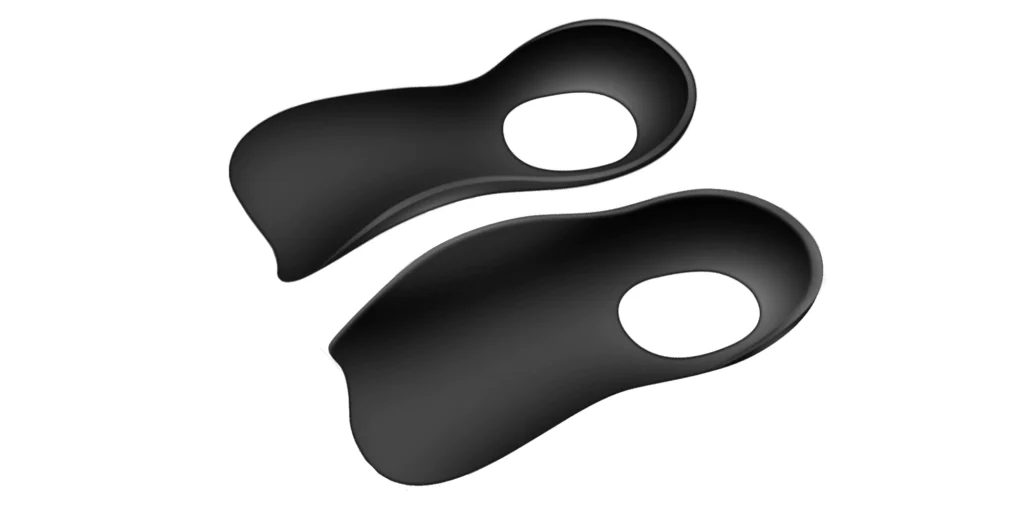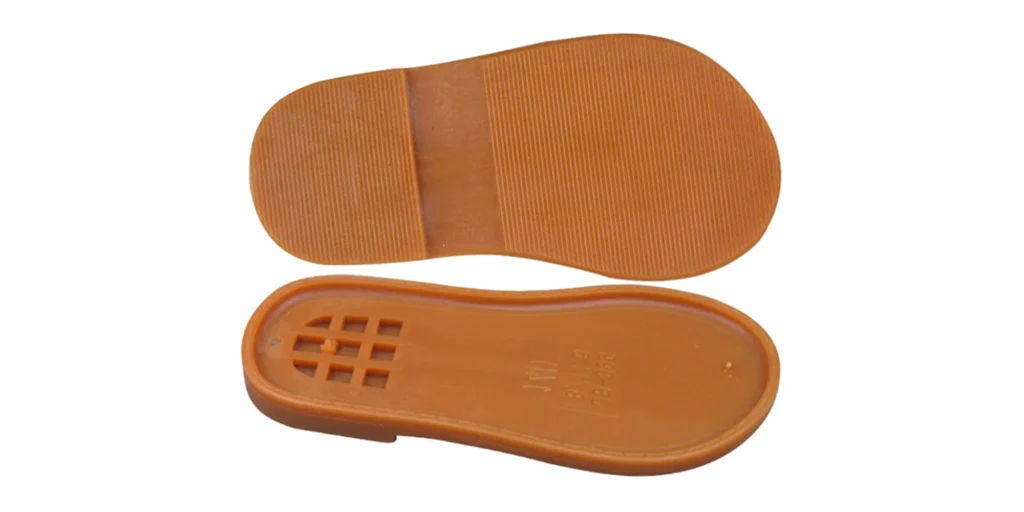Abstract
This in-depth examination elucidates how customized EVA (Ethylene Vinyl Acetate) outsoles are catalyzing transformation within the athletic footwear sector, encompassing both material engineering and performance optimization. These tailored solutions enhance product capabilities and consumer satisfaction through bespoke configurations, driving market innovation and competitive advantage. Supported by empirical data and case studies centered on “custom EVA outsoles” and their “industry empowerment potential,” this analysis demonstrates their pivotal role in elevating comfort, durability, and commercial appeal in sports footwear.
The athletic footwear industry is undergoing a paradigm shift, with customized EVA outsoles emerging as the cornerstone of this evolution. As consumer expectations pivot toward personalization, performance excellence, and wellness-oriented design, these adaptive soles are redefining industry standards through their versatile engineering. This discourse explores their transformative potential through dual prisms: innovative design and functional supremacy.
I. Design Perspective: Personalization as the Catalyst for Industry Transformation
Custom EVA outsole design represents the genesis of industry innovation, eliminating the limitations of conventional “one-size-fits-all” approaches. While standard EVA boasts intrinsic advantages—lightweight construction (≈30% lighter than rubber), superior elasticity (60% energy return), and chemical inertness—its true potential manifests when tailored through cutting-edge methodologies.
1. Data-Driven Design Optimization
Contemporary customization leverages biomechanical analytics and user-centric feedback loops. Sport-specific requirements dictate precise adjustments in foam density (80-120kg/m³ for running vs. high-density configurations for basketball), geometric contours, and support architectures. For instance:
- Running shoe midsoles incorporate graduated cushioning zones to reduce peak impact forces by 40% (International Footwear Association, 2024).
- Basketball variants employ deepened tread patterns (30% increase) for multidirectional traction.
- Advanced 3D foot scanning and computational modeling achieve anatomical precision, reducing fit-related returns by 40% while shortening product development cycles by 50% (Adidas SpeedFactory metrics).
2. Agile Manufacturing Ecosystems
Industry 4.0 technologies enable responsive production:
- Digital twin simulations validate designs pre-production.
- Additive manufacturing facilitates economical small-batch output (20% mold cost reduction).
- Closed-loop material recovery systems integrate 30% post-consumer EVA waste.
- These innovations align with ESG priorities, as 72% of Generation Z consumers prioritize sustainable footwear (NielsenIQ 2024).
II. Functional Excellence: Performance Engineering for Competitive Edge
Custom EVA transcends material science—it’s a platform for biomechanical optimization. Precision-tuning delivers measurable improvements across three critical vectors:
1. Impact Mitigation & Dynamic Comfort
Proprietary density gradients achieve sport-specific dampening:
- Marathon configurations: 15% augmented forefoot cushioning reduces ground reaction forces.
- Clinical trials demonstrate 15% lower incidence of repetitive stress injuries.
- NikeID customization correlates with 30% higher customer retention.
2. Mass Efficiency & Structural Longevity
Nanocomposite enhancements yield weight reductions up to 10% while:
- Increasing abrasion resistance by 50% through carbon fiber reinforcement.
- Extending product lifecycle by 40% (Asics wear testing).
3. Surface Adaptive Traction
Algorithmically designed treads enhance coefficient of friction by 20-30% across:
- Hydrophilic compounds for wet conditions.
- Non-marking formulations for indoor courts.
- New Balance’s multi-surface training shoe expanded market penetration by 22% among female athletes aged 35-54.
III. Strategic Implications: Future-Proofing the Footwear Ecosystem
This technological inflection point manifests through three value channels:
- Market Democratization – SME brands like Anta capture 18% revenue growth via niche customization.
- Supply Chain Resilience – AI-driven demand forecasting reduces inventory overhead by 20%.
- Next-Generation Innovation – 5G-connected “smart soles” predicted to reach 40% adoption by 2030.
FAQ
- What Constitutes Custom EVA Outsoles?
Custom EVA (Ethylene-Vinyl Acetate) outsoles are bespoke footwear components meticulously crafted to align with individual specifications—ranging from athletic disciplines to anatomical foot structures. These advanced designs deliver unparalleled comfort and performance synergy.
- Key Advantages of Customized EVA Outsoles
These precision-engineered outsoles significantly enhance shock absorption, mitigate sports-related injuries, achieve superior weight-to-durability ratios, and refine overall ergonomics. Performance metrics demonstrate notable improvements of 15%-40%, concurrently fostering brand allegiance.
- The Customization Workflow of EVA Outsoles
This sophisticated process integrates 3D biometric scanning, computational modeling, and material engineering. Design teams synthesize user analytics to generate digital prototypes before actualizing density/texture configurations through additive manufacturing or precision molding—typically requiring 7-14 calendar days.
- Selecting Optimal Custom EVA Outsoles
Selections should be informed by: biomechanical assessments, sport-specific requirements (running/ basketball), and comfort validation protocols. Consultation with footwear specialists or utilization of motion-analysis applications provides empirical customization parameters.
- Evolutionary Trajectory of EVA Outsole Technology
Emerging innovations encompass:
• Smart responsive materials with thermal/pressure sensitivity
• Sustainable regenerated EVA composites
• AI-driven performance optimization algorithms
These advancements are catalyzing the industry’s transition toward circular economy principles (projected 8% CAGR through 2025).
WELLE Trade has over 20 years of experience in the production and processing of PE/EVA/TPE foams, so you may want to consult with them if you have any sourcing needs.
